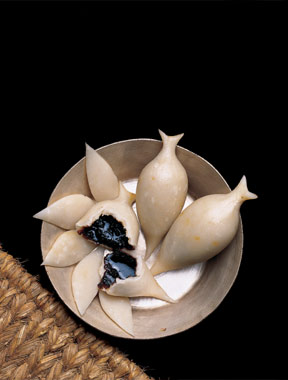
Spaghetti Squash | Burrito Bowl
Lunch recipe No shame to admit that this was the first time ever that I had spaghetti squash. I did not have the slightest hint why this squash was called spaghetti when the shape suggested otherwise. Only after baking and scraping it, I became fully aware of its meaty stuff inside that came out exactly as spaghetti. The taste was unadulteratedly better and also healthier … Continue reading Spaghetti Squash | Burrito Bowl




